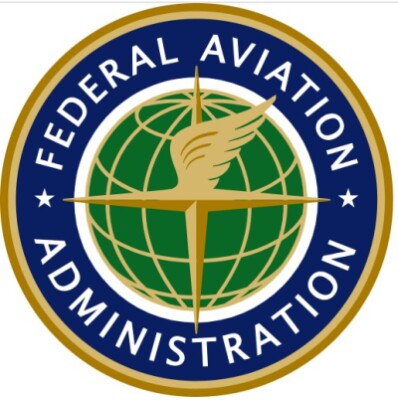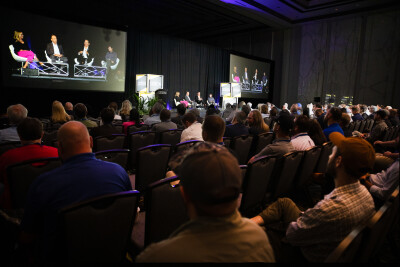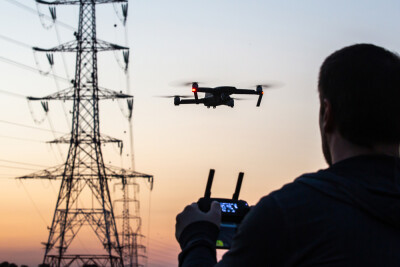On Thursday, May 16, 2024, President Biden signed into law H.R. 3935, the “FAA Reauthorization Act of 2024,” which reauthorizes the Federal Aviation Administration and related revenue authorities through September 30, 2028. The act also reauthorizes the National Transportation Safety Board (NTSB) through September 30, 2028.
Why is this important for our industry?
Very simply put, there is a provision in the new law that directs the FAA to issue a proposed rule enabling BVLOS drone operations in four months; in other words, the federal agency has until September 16, 2024, to publish something. According to the rules of the FAA, the first step in any new regulation is the publication of an NPRM (Notice of Proposed Rulemaking) in which they will inform the public about the details of what they intend to regulate and how, in broad strokes.
The big question here is the time between the publication of the NPRM and the actual implementation of the regulation. As we know, this time varies but we can use the previous uncrewed aviation regulation as an example. The FAA published a NPRM for Part 107 on February 23, 2015, and the actual regulation came into effect on August 29, 2016. That means it took 18 months (and change) for the federal agency to transform a proposed rule into an actual rule.
If we go back to our BVLOS rule, or Part 108 as everyone seems to be calling it, that means that we should expect a formal regulation by March 2026!
I am not sure how you guys feel about this date, but many investors will be very nervous at this point when the denominator in the Return on Investment (ROI) equation just became so much larger and the number at the right side of the equal sign, so much smaller.
Startups that today are struggling to make ends meet as they are trying to generate a bit of revenue while raising capital to fund research and development efforts (R&D) in parallel with real operations, will panic when they realize that, realistically, it will be another 20 months from today until they will have unrestricted access to the National Airspace (NAS).
Another piece of the puzzle is the fact that Part 107 was easy to implement given the enormous number of restrictions placed on the industry and the de-facto isolation from crewed aviation. Draconian limitations on weight of the aircraft, altitude of flight, and many others ensured a clear and safe separation between the two modes of conducting a flight.
With Part 108, all of that would change, and we can only assume that the FAA will take more time to make sure that all the elements are there to ensure a safe integration between piloted and remotely piloted aircraft.
Today, the industry is making great advances in every technological front, such as uncrewed traffic management (UTM) systems, Detect and Avoid (DAA) devices, parachute and emergency schemes designed to guarantee a safe landing in case of emergency, etc, etc. Nevertheless, the FAA will probably require a bit more in terms of public acceptance of the technology, the availability of ground infrastructure, and the overall safety of the entire flight workflow before they will allow crewed and uncrewed aircraft to share the skies unrestricted.
The good news is that Commercial UAV Expo is happening in a few weeks, and this important gathering will give us all a chance to ask the various FAA officials that come to Las Vegas every September about the NPRM and the specific date they have in mind for its publication.
Traditionally, these folks have been tight-lipped about specific dates, but this time they are under orders from the President of the United States and the Congress of the United States to publish something by mid-September, so it will be a fascinating event and something I will not miss for the world!
See you all in Las Vegas in four weeks!















Comments